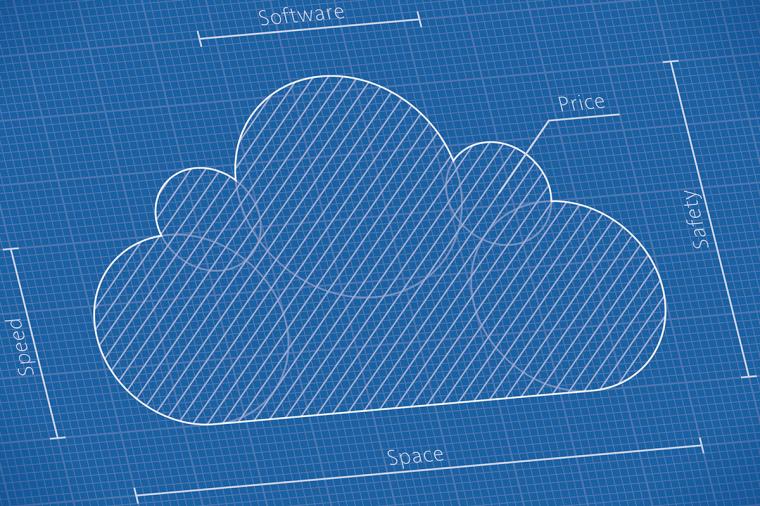The Government Cloud Set to Expand Beyond Storage and Email in 2015
What can government agencies expect from cloud computing in 2015?
IDC Government Insights recently released its worldwide predictions for 2015 and predicts that governments will increasingly draw on cloud computing to underpin and enable a number of key initiatives.
“IDC believes that several external drivers — political, economic, social, environmental, legal, and business related — are reaching crucial tipping points and have the potential to dramatically alter the ecosystem of multiple industries globally, including governments in 2015 and beyond,” said Shawn McCarthy, Research Director with IDC Government Insights.
Among IDC’s predictions are that by 2018, cross-governmental initiatives will be further streamlined and optimized by a 25% growth in the collaborative sourcing of government clouds.
In addition, IDC forecasts that 50% of governments globally will invest in collaborative systems for collective knowledge initiatives, driven by the cloud and the application of big data. This is a significant imperative for the U.S. government as agencies seek to draw on the collaborative power of both the public and private sector to realize efficiencies and address issues such as cybersecurity and the delivery of citizen services.
Budgets Likely to Outspend Predictions as Core Business Functions Move to Cloud
While IDC doesn’t put any dollar numbers to its predictions, it’s likely that the federal government will continue to outspend its cloud budget projections, continuing the trend of the past two years as CIOs realize and make good on the cost savings that the cloud brings. One such example is over at the Social Security Administration. In 2014, the SSA spent $547.8 million addressing its data center needs – the largest government IT project of FY’ 2014, claims Forbes in an interview with Shawn McCarthy, research director at IDC Government Insights back in July.
IDC also expects government spending in private cloud solutions, which boasts the highest investment right now, to continue to surge. “So far, early government projects have included moving email systems, storage systems, Web hosting, and some types of databases to the cloud,” McCarthy told Forbes.
McCarthy expects agencies to see more savings from cloud as they standardize functions such as HR management across multiple agencies: “By consolidating and going from thousands of HR systems down to a few hundred, the business function greatly improves, and there are cost savings as well,” McCarthy said.
















































